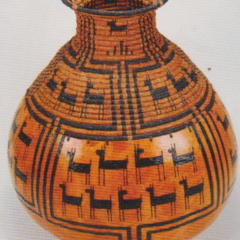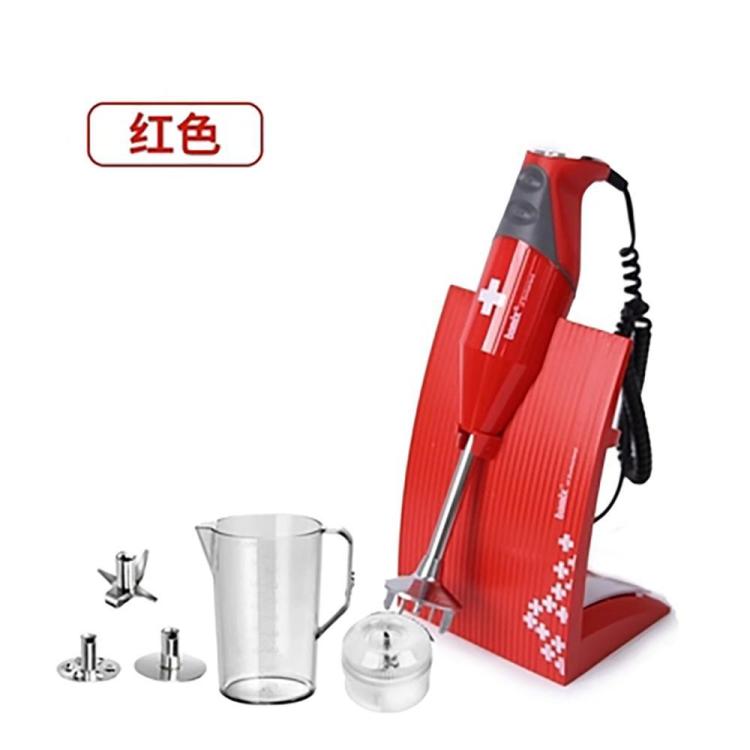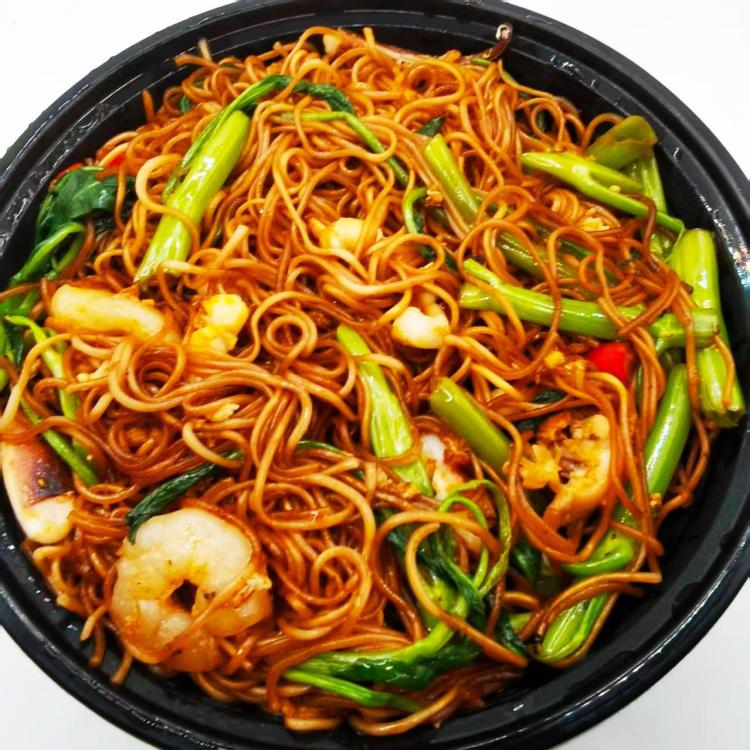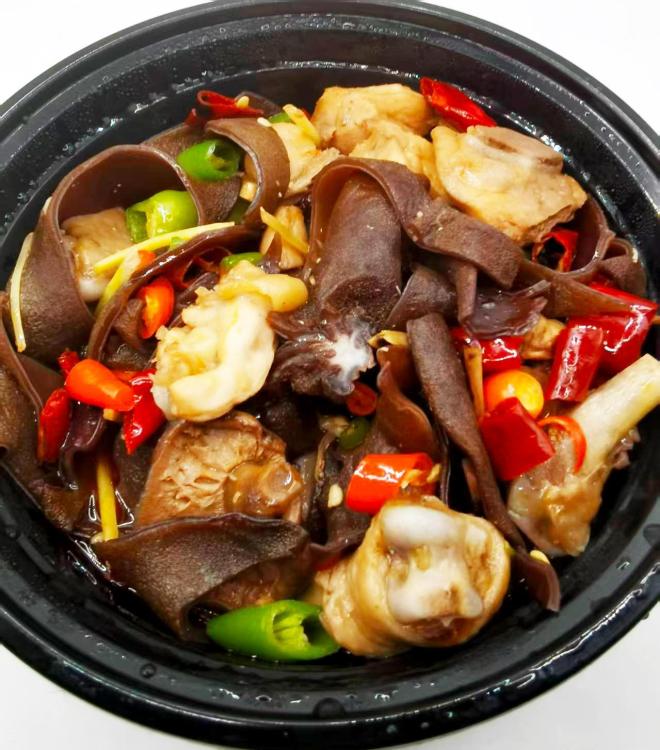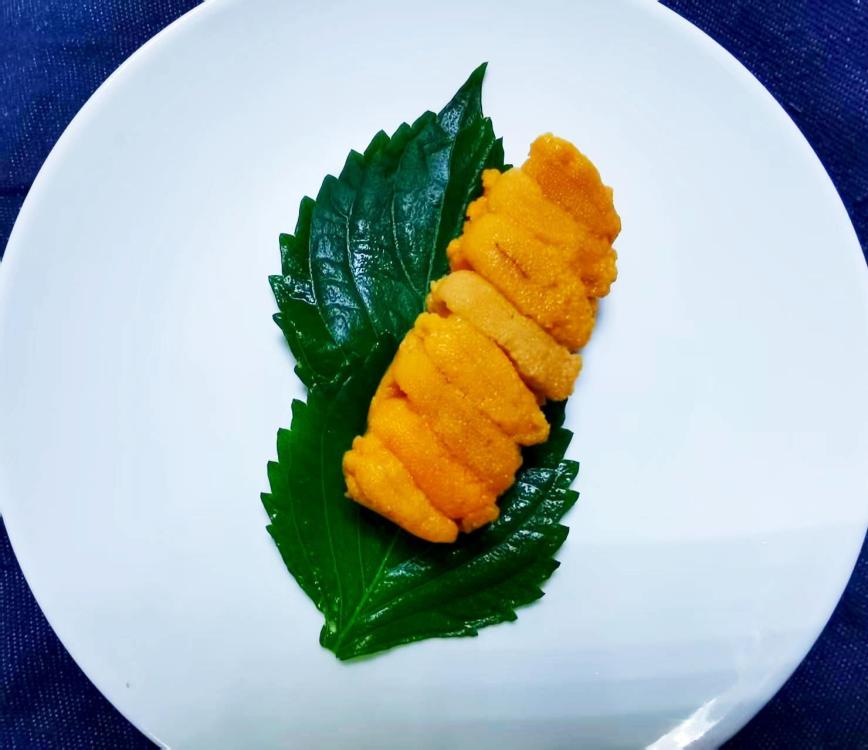-
Posts
16,702 -
Joined
-
Last visited
Profile Information
-
Location
Liuzhou, Guangxi, China
Recent Profile Visitors
87,242 profile views
-
Chef Skye Gyngell, who pioneered the slow food movement, dies aged 62 | Restaurants | The Guardian
-
No. Mine is wired. The wireless ones don't seem to be available here. The corded ones are also more powerful. I too like the mini chopper bowl / food processer, though. This is the model I have, although mine is a deep maroon; not red.
-
I was about to say the a rice cooker is the way to go but I guess that depends on how often you eat rice and available storage space. Everyone has one here, but the do eat rice at least twice a day. You don't need an expensive one - even a basic one does the job perfectly well. I have two: a small one for when it's just me and a large one for when I now rarely, entertain.
-
You'd have to prise my cold dead hands off my Bamix.
-
An interesting article in the Grauniad today. ‘The English person with a Chinese stomach’: how Fuchsia Dunlop became a Sichuan food hero | Chinese food and drink | The Guardian Although I admire Ms Dunlop a lot for her recipe books, for her introducing Sichuan cuisine to the west and agree with most of this article, there are a couple of obvious problems. Having sold 200,000 copies of a book in China is extremely low. With a population around 4 billion population, it is nothing. Do the mathematics. I have been in China for 30 years heavily involved in food and have never met anyone who knows her. Also, Walmart in China sells very little western food. They aren't that stupid. Few people want it. But with those caveats, it's still a good read.
-
- 2
-

-
There have been a couple of occasions I've put some fresh chillies into the fridge and forgotten about them, only to find the weeks later lurking behind something else. They were perfectly dried! Despite that, probably not the best method.
-
Many years ago, there was a trend in the UK for serving Sol beer in the bottle with a wedge of lime in the neck of the bottle. This apparently baffled Mexicans, not so much for the lime but that the idea that Sol would be popular. Back there it was, maybe still is, considered to be of very low quality. Some wag responded by pushing a photograph of a bottle of Newcastle Brown with a sausage in the neck. I have searched for that image but sadly failed.
-
I really like them a lot. They should be juicy.
-
It seems the information I previously found on the giant tangerines mentioned upthread was incorrect. Rather than having been developed in Israel, it appears they were first bred in 1972 in Japan as a hybrid of Kiyomi and ponhan citruses. In Japanese, they are デコポン (dekopan). They are sometimes referred to as sumo mandarin or sumo citrus in English. An alternative name in Chinese, is 凸顶柑 (tū dǐng gān), literally 'protruding top tangerine'. They have been introduced into Australia and in limited numbers in the USA.
-
-
青椒木耳炒鸡 (qīng jiāo mù ěr chǎo jī), Hunan style green pepper fried chicken with wood ear fungus. Served with rice.
-
-
According to the link you posted, there are three producers. Anyway, I am downloading and give my impressions later.
-
Every time you write that, my fading eyesight sees 'root canal' and the idea of root canal dough has me worried!












